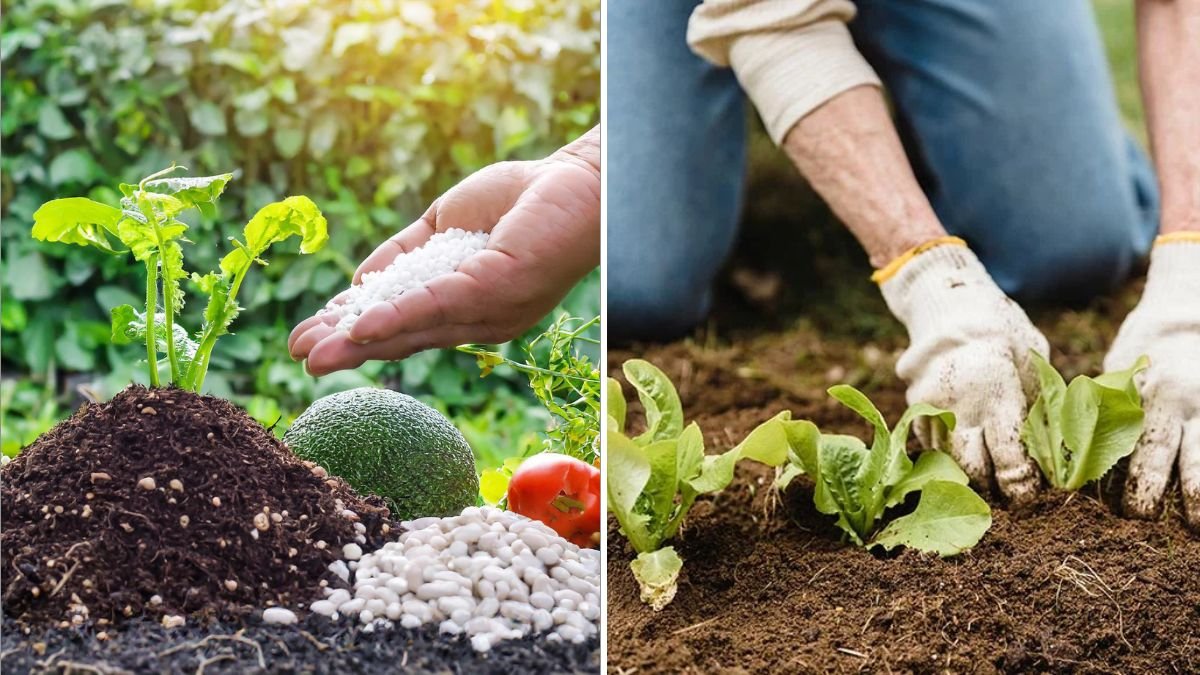Fertilizer is one of the most misunderstood tools in gardening. Walk into any garden center, and you’ll see shelves lined with colorful bags promising bigger blooms, greener lawns, and record harvests. But behind the marketing, there’s a lot of confusion — and even misinformation — about what fertilizers actually do and how they should be used.
Many gardeners end up over-fertilizing, choosing the wrong type, or using it at the wrong time, often causing more harm than good. To help you make smarter decisions for your garden, we’re breaking down seven of the most common fertilizer myths — and what the science really says.
Myth #1: More Fertilizer Means More Growth
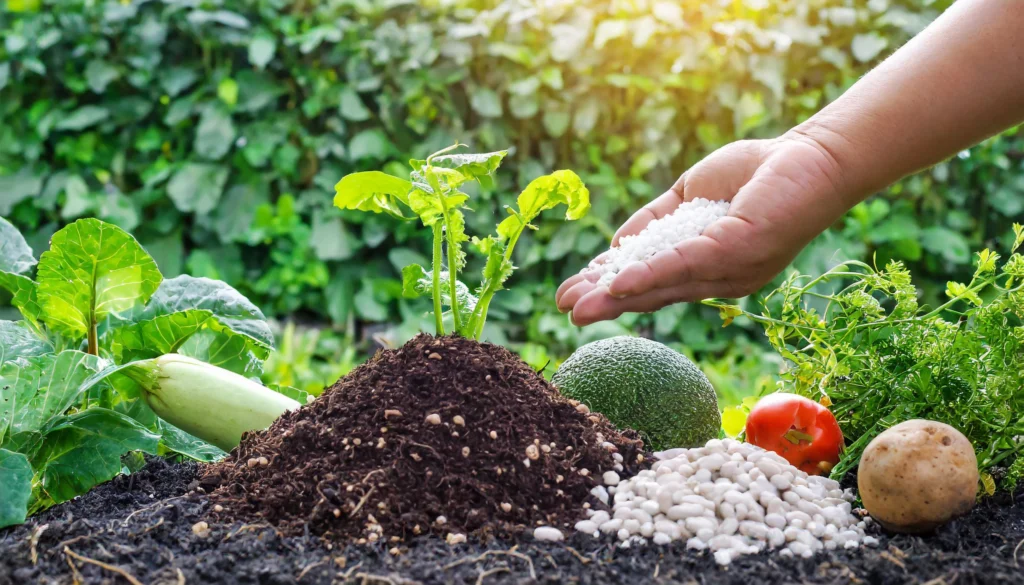
It seems logical — if plants need nutrients to grow, adding extra should make them thrive faster. But in reality, too much fertilizer can damage plants and even kill them.
Excess fertilizer causes salt buildup in the soil, which draws water away from roots and leads to “fertilizer burn.” Leaves may yellow, wilt, or develop brown edges. Over-fertilized plants often grow quickly but weakly, making them more vulnerable to pests, disease, and drought.
The truth: Plants can only use nutrients in certain amounts and at specific growth stages. Beyond that, the excess leaches into groundwater or runs off into waterways, polluting ecosystems.
Better approach:
Follow package directions carefully and consider a soil test before applying anything. Knowing exactly what your soil lacks will help you fertilize efficiently and safely.
Myth #2: Fertilizer Is Food for Plants
This is one of the most common misconceptions. While fertilizer provides nutrients, it’s not the same as “food.” Plants make their own food through photosynthesis, using sunlight, water, and carbon dioxide. Fertilizer simply provides the raw materials—like nitrogen, phosphorus, and potassium—that plants use to build tissues and carry out biological processes.
Think of fertilizer as a vitamin supplement, not a meal. You wouldn’t thrive on vitamins alone, and neither can your garden. Without healthy soil structure, proper watering, and organic matter, fertilizer alone won’t produce strong plants.
Better approach:
Feed your soil, not just your plants. Regularly add compost, aged manure, or leaf mold to improve soil structure and microbial activity. These organic materials help the soil hold onto nutrients and make them more available to plants naturally.
Myth #3: All Fertilizers Are the Same
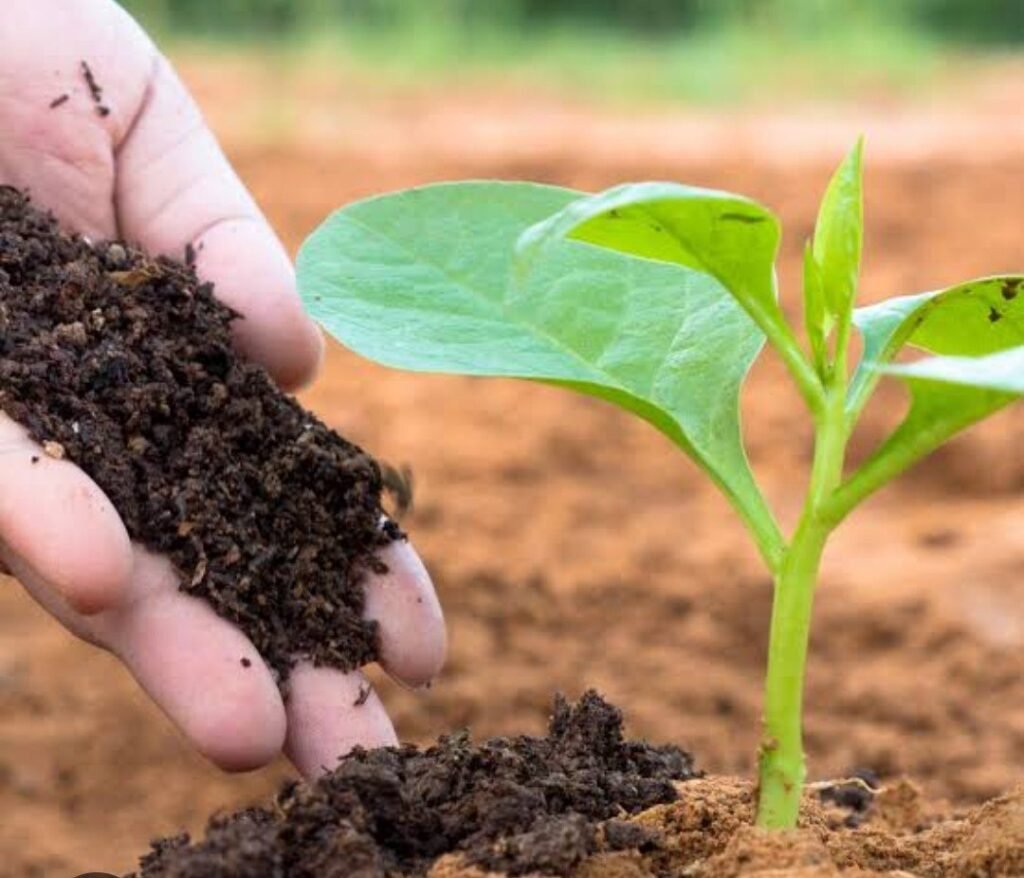
Fertilizer bags may look similar, but what’s inside varies widely. There are synthetic (chemical) fertilizers and organic (natural) ones, and they behave very differently in the soil.
- Synthetic fertilizers deliver nutrients in immediately available forms. They give plants a quick boost but can also lead to nutrient imbalances and soil degradation with repeated use.
- Organic fertilizers release nutrients slowly as they decompose. They improve soil structure and support microbial life, leading to long-term fertility.
Even among synthetic options, the N-P-K ratio (Nitrogen–Phosphorus–Potassium) matters. Lawns, for example, need more nitrogen for leaf growth, while flowering plants benefit from more phosphorus.
The truth: Not all fertilizers fit every situation. Using the wrong type or ratio can cause nutrient toxicity or deficiencies.
Better approach:
Match the fertilizer to your specific plant and soil needs. For example:
- Vegetables: balanced (10-10-10 or 5-5-5)
- Lawns: higher nitrogen (20-5-10)
- Flowers: higher phosphorus (5-10-5)
- Root crops: lower nitrogen, higher potassium
Always read the label carefully and adjust based on soil test results.
Myth #4: Fertilizing Once a Year Is Enough
Some gardeners believe one big fertilizer application in spring will sustain their plants all year. Unfortunately, most nutrients—especially nitrogen—are highly mobile in the soil. Rain and irrigation can leach them out within weeks.
Different plants have different needs throughout the growing season. Leafy greens, for example, need consistent feeding, while established shrubs or trees require much less.
The truth: Fertilization should be timed and tailored to your plants’ growth stages. Overfeeding or underfeeding at the wrong time can stress plants or stunt development.
Better approach:
- Vegetable gardens: Lightly fertilize every 4–6 weeks during active growth.
- Lawns: Feed 2–3 times a year (spring, summer, fall) depending on grass type.
- Flower beds: Use a slow-release fertilizer early in the season, then refresh mid-summer.
- Trees and shrubs: Fertilize once in early spring if needed.
Remember: consistency and moderation are key.
Myth #5: Organic Fertilizers Can’t Burn Plants
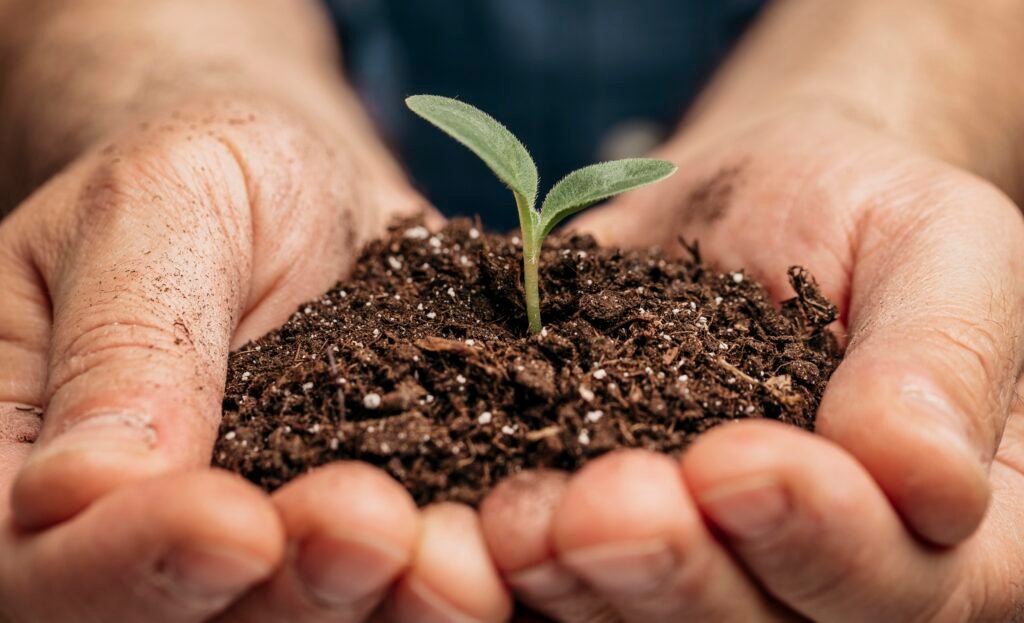
It’s true that organic fertilizers are gentler than synthetics, but that doesn’t mean they’re foolproof. Certain organic amendments—like manure, fish emulsion, or blood meal—can still cause nutrient overload if applied excessively.
Fresh manure, for example, contains high levels of nitrogen and ammonia that can burn roots. Some organic products also have concentrated salts that accumulate with overuse.
The truth: Organic fertilizers can still harm plants if applied carelessly. They need to be measured, diluted, and timed correctly, just like synthetic options.
Better approach:
- Always compost manure before applying.
- Use slow-release organic blends for steady feeding.
- Mix liquid organics (like fish emulsion) according to label dilution rates.
- Watch plants for stress signs and adjust as needed.
Myth #6: Fertilizer Can Fix Poor Soil
Many gardeners assume that if their plants aren’t thriving, the solution is simply to add more fertilizer. But fertilizer only works when the soil ecosystem is healthy. In compacted, sandy, or clay-heavy soils, nutrients often wash away or become locked up where roots can’t reach them.
Adding fertilizer to bad soil is like pouring vitamins into dry sand—it won’t make a difference unless the environment supports plant uptake.
The truth: Fertilizer doesn’t fix physical or biological soil problems. It’s only effective when paired with good soil structure, aeration, and moisture management.
Better approach:
Before fertilizing, focus on soil improvement:
- Mix in organic matter annually.
- Mulch to retain moisture and moderate temperature.
- Aerate compacted soil or build raised beds for better drainage.
Once the soil is healthy, nutrients will naturally cycle more efficiently—reducing your need for fertilizer.
Myth #7: You Should Fertilize Right Before It Rains
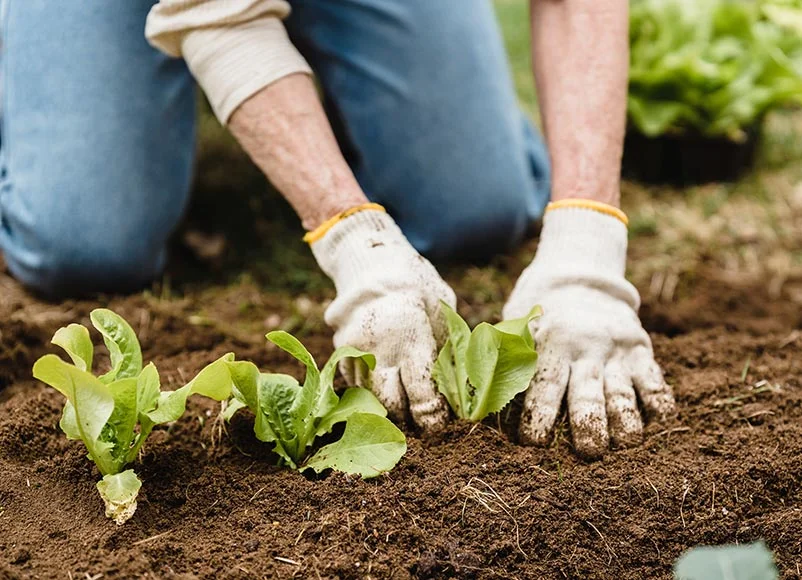
Many gardeners time fertilizer applications just before a rainstorm, thinking it will help distribute nutrients evenly. While this seems convenient, it often leads to runoff—especially with synthetic fertilizers. Heavy rain can wash fertilizer off your property and into storm drains, rivers, and lakes, contributing to algae blooms and water pollution.
Even a moderate rainfall can leach nitrogen deep beyond root zones, wasting your effort and money.
The truth: Fertilizer should be applied when the soil is moist, not soaking wet, and followed by light watering—not a downpour.
Better approach:
- Check the forecast and avoid applying before heavy rain.
- Water lightly after spreading dry fertilizer to help it soak in.
- For lawns, apply during calm, dry weather, then irrigate gently to prevent runoff.
- Use slow-release or granular organic fertilizers that stay in place longer.
Bonus Tip: The Secret to Smarter Fertilizing
The healthiest gardens rely less on fertilizer and more on balanced soil biology. Plants fed from rich, living soil rarely need chemical intervention. You can achieve this by combining good soil practices with targeted, minimal fertilizer use.
Here’s the formula:
- Test your soil every 2–3 years.
- Use compost as your primary soil amendment.
- Apply fertilizer only when a nutrient deficiency is confirmed.
- Rotate crops and plant cover crops to maintain natural fertility.
This holistic approach creates self-sustaining fertility—saving you money, reducing waste, and protecting the environment.
Final Thoughts
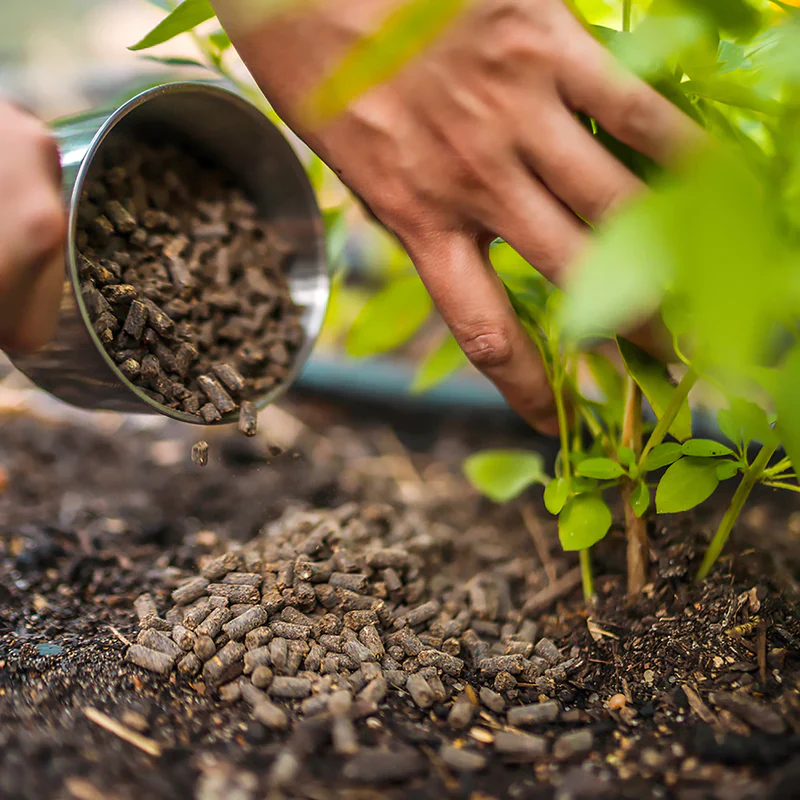
Fertilizer can be an incredible ally when used wisely, but it’s no magic bullet. The myths surrounding it often lead to overuse, waste, and even soil degradation. By understanding what fertilizers can—and can’t—do, you’ll build a healthier, more resilient garden that thrives naturally.
The next time you reach for that bag of fertilizer, remember: good gardening isn’t about feeding plants more—it’s about working with the soil’s natural rhythm. When you nurture the ecosystem beneath your feet, your garden rewards you with strong roots, vibrant blooms, and harvests that truly reflect nature in balance.
